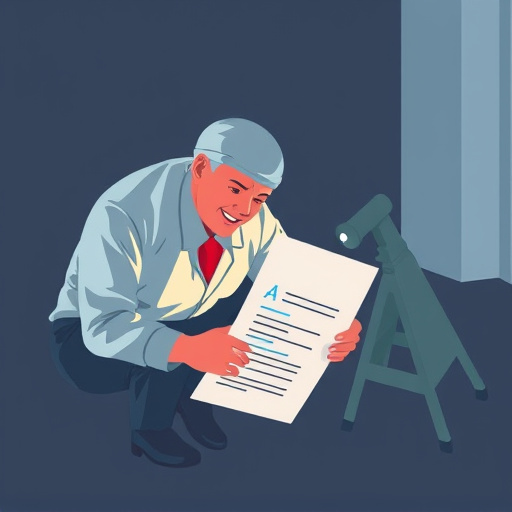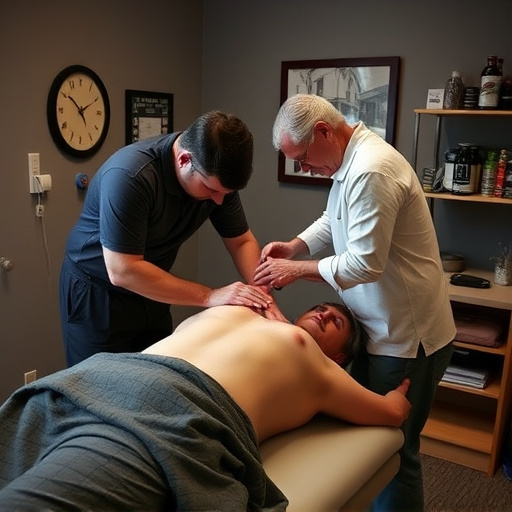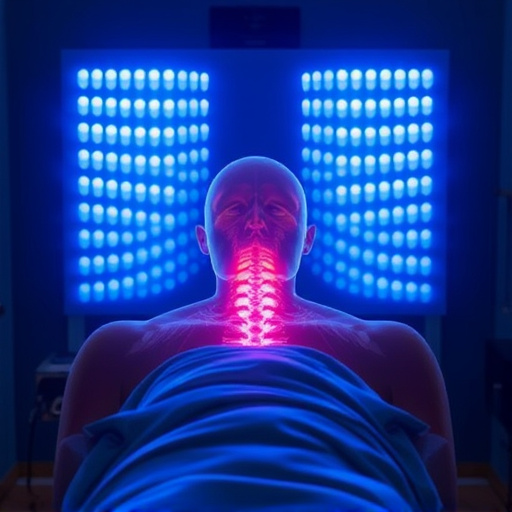Repetitive Strain Injury (RSI) is a common condition caused by repetitive tasks, leading to muscle, tendon, and nerve damage. Symptoms include pain, numbness, and weakness in affected areas. Treatment options range from rest, therapy, and ergonomic adjustments to corticosteroid injections and surgery for severe cases. Post-RSI treatment focuses on gradual activity resumption, ergonomic improvements, breaks, and alternative actions to prevent relapse and manage chronic pain associated with RSI or comorbidities like herniated discs.
Repetitive Strain Injury (RSI) is a common yet often misunderstood condition, affecting millions worldwide. This article guides you through the entire spectrum of RSI treatment, from identifying symptoms and understanding causes to exploring effective relief strategies. We delve into various treatment approaches, offering insights on physical therapy, medication, and lifestyle changes. Additionally, learn vital recovery and prevention techniques post-treatment to minimise the risk of recurrence.
- Understanding Repetitive Strain Injury (RSI): Symptoms and Causes
- Treatment Approaches for Effective RSI Relief
- Recovery and Prevention Strategies Post-Treatment
Understanding Repetitive Strain Injury (RSI): Symptoms and Causes
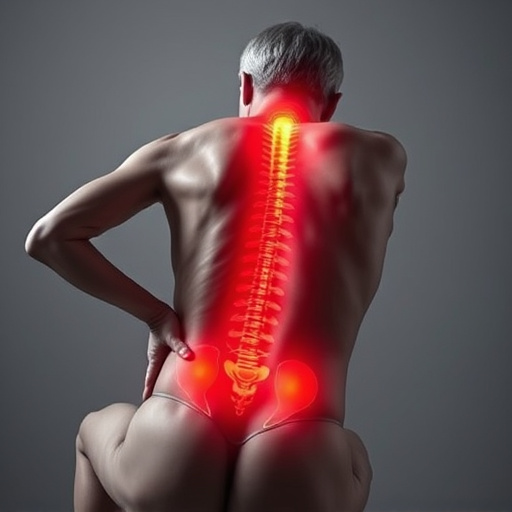
Repetitive Strain Injury (RSI) is a common condition affecting the muscles, tendons, and nerves due to repetitive tasks or prolonged exertion. It’s often associated with work-related injuries, such as typing on a keyboard or using a computer mouse for extended periods. Symptoms can vary but typically include pain, numbness, tingling, or weakness in the affected body parts. For example, those experiencing RSI in their arms may feel discomfort or soreness when gripping objects or performing simple tasks like opening jars.
The primary causes of RSI are related to repetitive motions, excessive force, or prolonged awkward positions. Overuse of specific muscle groups without adequate rest or proper technique can lead to inflammation and subsequent tissue damage. For instance, a person with poor posture while sitting at a desk for long hours might develop RSI in their hands, wrists, or lower back (including herniated disc treatment). Post-accident rehabilitation also falls under this category, where individuals may experience RSI as they resume activities following an injury.
Treatment Approaches for Effective RSI Relief
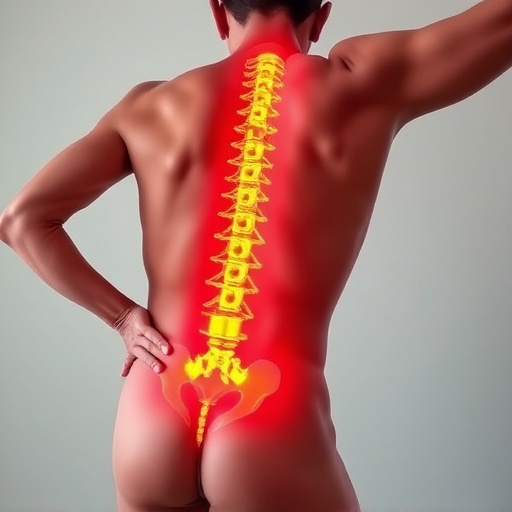
Treatment for repetitive strain injury (RSI) varies depending on the severity and specific affected areas. Early intervention is key to preventing long-term damage. Common approaches include rest, ice or heat therapy, and over-the-counter pain relievers to reduce inflammation and ease discomfort. Physical therapy plays a significant role in RSI treatment, focusing on exercises to strengthen muscles, improve posture, and enhance flexibility. This can include stretching, strengthening, and specialized techniques like ultrasound or electrical stimulation.
For more chronic cases, healthcare professionals might recommend advanced treatments such as corticosteroid injections or surgery. Alternative therapies like acupuncture and massage therapy have also shown promise in providing back pain relief and mobility improvement for some individuals with RSI. Additionally, ergonomic assessments and adjustments at work or home can help prevent recurrence by reducing strain on the affected areas.
Recovery and Prevention Strategies Post-Treatment

After completing repetitive strain injury (RSI) treatment, implementing effective recovery and prevention strategies is paramount to sustain improvement and avoid relapse. Rest and gradual reintroduction of activities are crucial in the early stages of recovery. This period allows your body to heal, reducing inflammation and mitigating further damage. As symptoms subside, a structured plan for returning to work or regular routines can help prevent reinjury.
Prevention strategies focus on modifying behaviors and work environments that contributed to RSI. Ergonomic assessments of your workspace are beneficial, ensuring proper posture, appropriate tool placement, and minimal strain during tasks. Regular breaks and alternative methods for repetitive actions can alleviate stress on affected areas, such as incorporating stretching exercises or utilizing assistive devices. Additionally, chronic pain management techniques like mindfulness, physical therapy, and medication may be recommended to address ongoing discomfort associated with RSI or comorbid conditions, including herniated disc treatment and back pain relief.
Repetitive strain injury (RSI) treatment involves a multifaceted approach, combining understanding, rest, and recovery strategies. By identifying symptoms early, addressing underlying causes, and adhering to effective treatment plans, individuals can experience significant relief. Post-treatment, adopting preventive measures like ergonomic adjustments, taking regular breaks, and engaging in specific exercises are crucial to avoid recurrence. With the right care, RSI sufferers can regain comfort and productivity in their daily lives.











